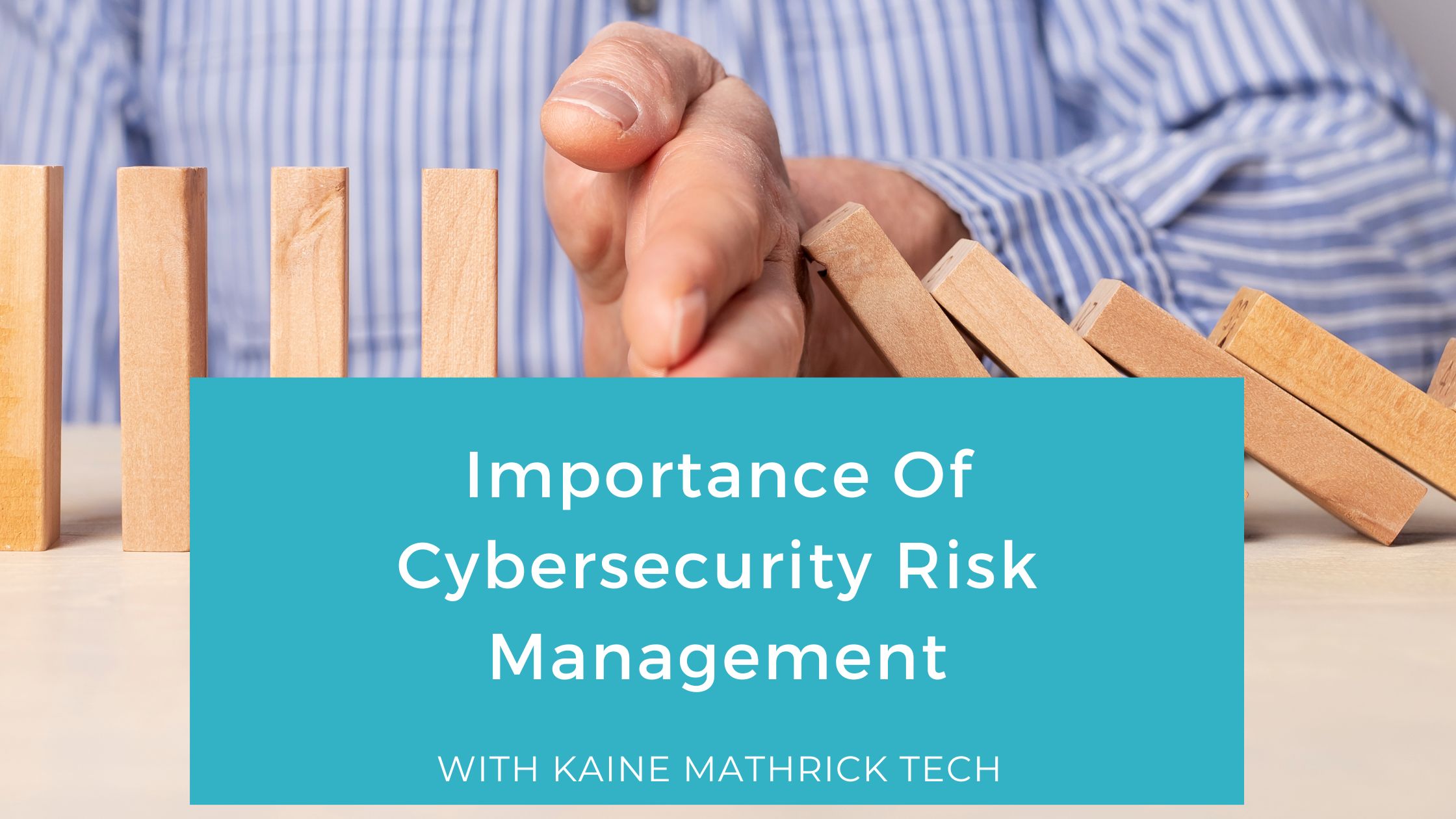Understanding the Significance of Risk Management in Current Business Practices
Understanding the Significance of Risk Management in Current Business Practices
Blog Article
Exploring the Significance of Risk Management for Effective Decision-Making Approaches
In the detailed world of service, Risk Management arises as a vital factor in the decision-making process. The capacity to identify possible threats and possibilities, and strategize appropriately, can spell the difference in between success and failure.
Recognizing the Idea of Risk Management
Risk Management, an important part in decision-making, is often misconstrued or oversimplified. Normally, it describes the recognition, evaluation, and prioritization of risks to lessen, monitor, and regulate the probability or effect of regrettable events. Nevertheless, it's not just concerning stopping unfavorable end results, but also concerning recognizing potential chances. Risk Management entails disciplined and organized methods, utilizing data and informative analyses. It needs a thorough understanding of the company's context, purposes, and the possible threats that can thwart them. From monetary unpredictabilities, lawful obligations, calculated Management errors, to mishaps and natural calamities, it attends to numerous threats. Importantly, efficient Risk Management is not stagnant; it's a constant, progressive procedure that evolves with transforming situations.
The Duty of Risk Management in Decision-Making Processes
In the world of tactical preparation and business procedures, Risk Management plays an important duty in decision-making processes. Risk Management therefore becomes a vital tool in decision-making, assisting leaders to make informed options based on a detailed understanding of the threats entailed. Risk Management offers as an essential part in the decision-making processes of any organization.

Exactly How Risk Management Improves Strategic Preparation
In the context of calculated planning, Risk Management plays an essential function. Launching with the identification of prospective threats, it better includes the execution of Risk mitigation measures. The function of Risk Management is dynamic yet not static, as it demands constant tracking and adjusting of methods.
Identifying Potential Risks

Carrying Out Risk Mitigation
Risk mitigation techniques can range from Risk avoidance, Risk transfer, to run the risk of reduction. Each method should be tailored to the certain Risk, considering its prospective influence and the company's Risk tolerance. Effective Risk mitigation requires a deep understanding of the Risk landscape and the prospective impact of each Risk.
Monitoring and Readjusting Methods
Though Risk reduction is a critical step in calculated planning, continual monitoring and modification of these strategies is similarly essential. It also provides an opportunity to assess the success of the Risk Management measures, allowing adjustments to be made where necessary, more enhancing strategic preparation. Monitoring and readjusting Risk Management methods is a vital element for boosting a company's strength and critical preparation.
Situation Researches: Successful Risk Management and Decision-Making
In the globe of company and finance, effective Risk Management and decision-making commonly offer as the columns of flourishing business. These cases highlight the worth of sharp Risk Management in decision-making processes. These cases highlight the important function of Risk Management in strategic decision-making.
Tools and Techniques for Effective Risk Management
Navigating the elaborate puzzle of Risk Management calls for the appropriate collection of strategies and devices. These tools, such as Risk signs up and warm maps, aid in identifying and assessing possible threats. Strategies include both quantitative techniques, like level of sensitivity evaluation, and qualitative techniques, such as SWOT evaluation. These help in prioritizing threats based upon their potential effect and probability. Risk action methods, dig this a key part of Risk Management, entail approving, staying clear of, transferring, or mitigating threats. Monitoring and regulating risks, with regular audits and testimonials, ensure that the methods continue to be reliable. With these techniques and devices, decision-makers can browse the complex landscape of Risk Management, thereby helping with notified and effective decision-making.
Future Patterns in Risk Management and Decision-Making Strategies
As we explore the substantial landscape of Risk Management, it comes to be apparent that the methods and devices utilized today will remain to advance. Future patterns point in the direction of an increased dependence on innovation, with expert system and machine knowing playing significant duties. These innovations will allow organizations to anticipate prospective threats with better precision and make even more enlightened decisions. Furthermore, there will be an expanding emphasis on resilience, not simply in taking care of threats yet likewise in getting better from negative situations. The idea of Risk society, where every member of an organization is conscious and entailed in Risk Management, will gain extra importance. These fads declare an even more proactive and inclusive technique in the direction of Risk Management and decision-making.
Final thought

Risk Management therefore ends up being an essential device in decision-making, assisting leaders to make informed options based on a detailed understanding of the threats entailed. Risk mitigation strategies can vary from Risk avoidance, Risk transfer, to take the chance of decrease (importance of risk management). Effective Risk mitigation requires a deep understanding of the Risk landscape and the possible influence of each Risk. Risk action approaches, a key component of Risk Management, include accepting, preventing, useful reference moving, or mitigating risks. The principle of Risk culture, where every member of an organization is mindful and involved in Risk Management, will certainly get a lot more visit this page importance
Report this page